5 girls' rights under threat in 2025
We are at a tipping point for girls’ rights. Without urgent action, girls risk having fewer rights than their mothers and, in some cases, even their grandmot…
What is the future girls want to see? What should change in order to make the world a better place for girls and young women – for everyone?
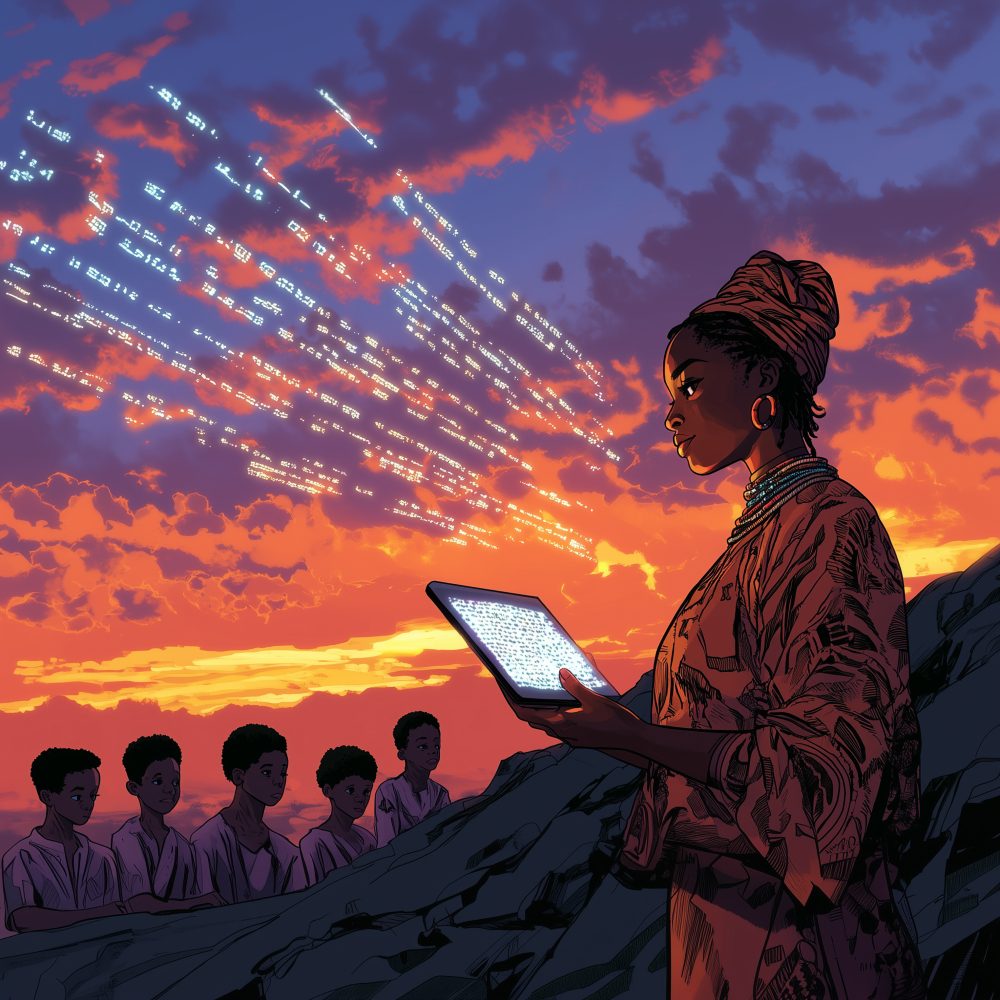
Without urgent action, global gender equality could be worse in 2030 than when the Sustainable Development Goals were agreed in 2015.
Today’s girls risk having fewer rights than their mothers and, in some cases, even their grandmothers.
Over recent years, we have seen the regression of rights in several areas which directly impact the lives of children and young people, especially girls, including:
This negative shift is part of a deliberate effort by a growing anti-rights movement, which uses divisive narratives to polarise the public and maintain patriarchal norms and power structures.
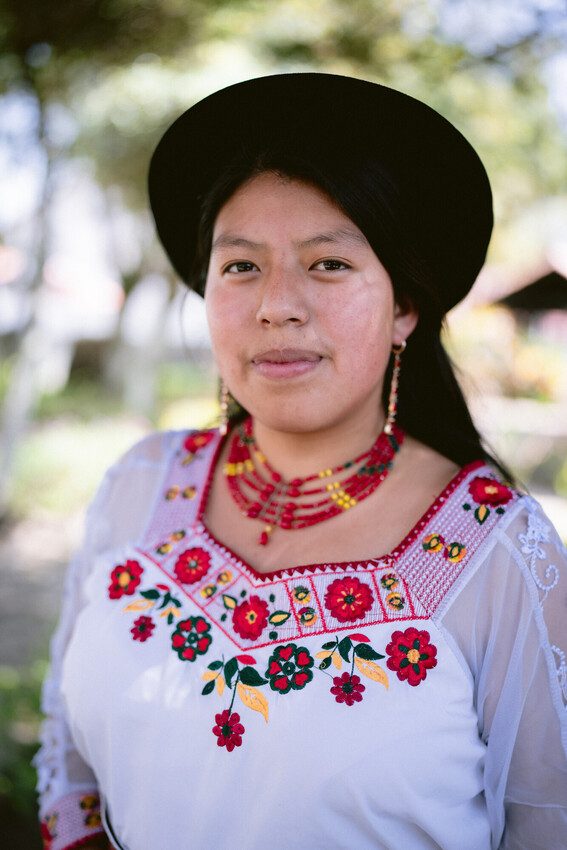
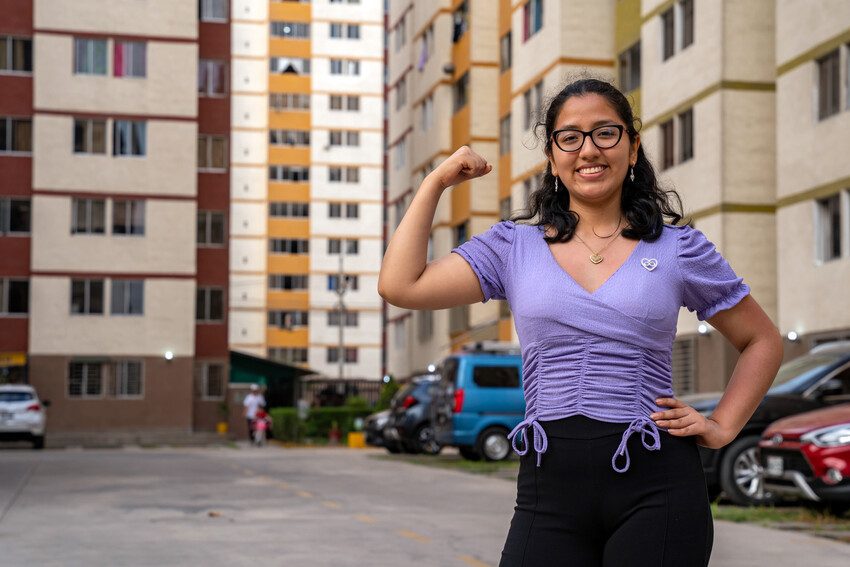
Young activists are on the frontlines of our changing world. In this time of rollback of rights and funding cuts, they need allies and partners who are willing to step up and invest in their change initiatives.
We remain committed to supporting young people to advance human rights and social justice.
Stories from the Future is a collection of short hopeful fiction stories set in a desirable version of the year 2055.
Plan International invited 15 adolescent girls and young women from 11 countries from around the world to imagine a future 30 years from now where governments and policymakers fully adopted the recommendations made by adolescent girls and young people on the occasion of the Beijing+30 celebration.
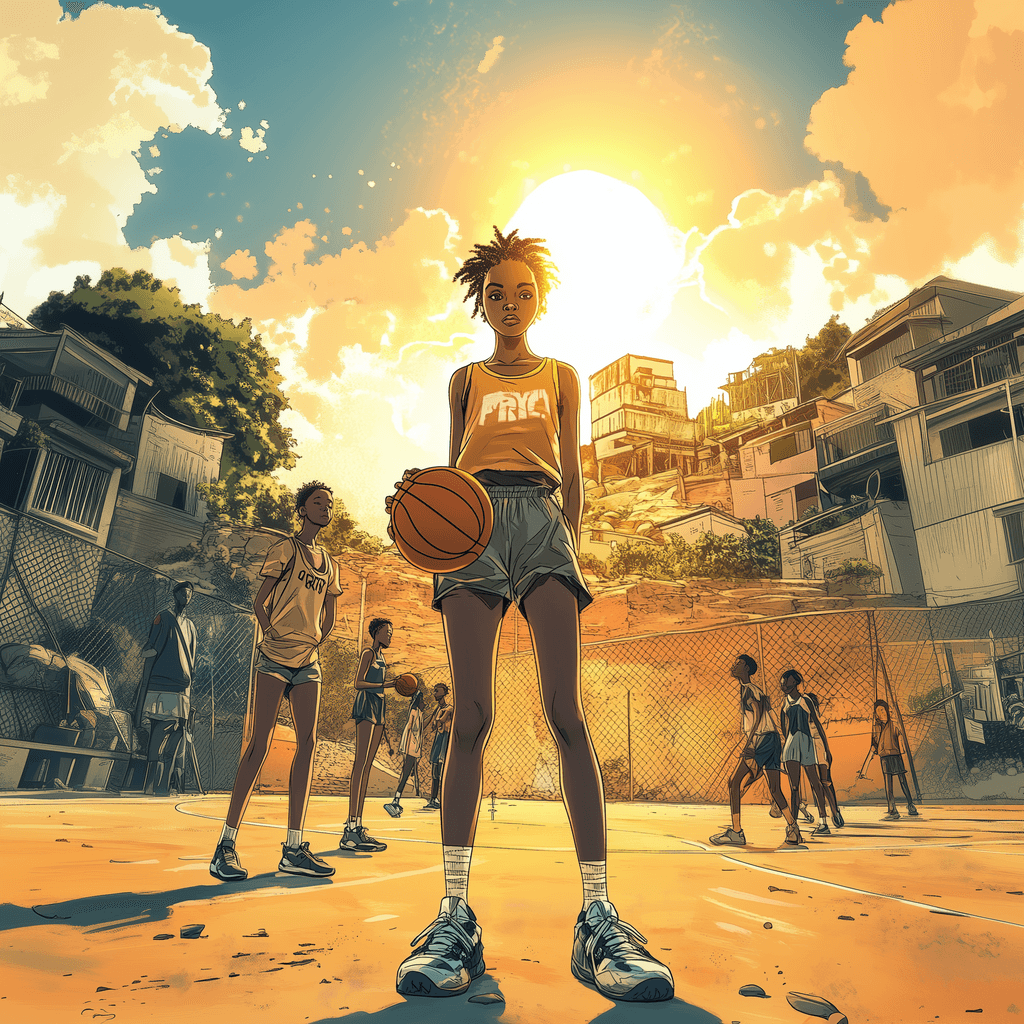
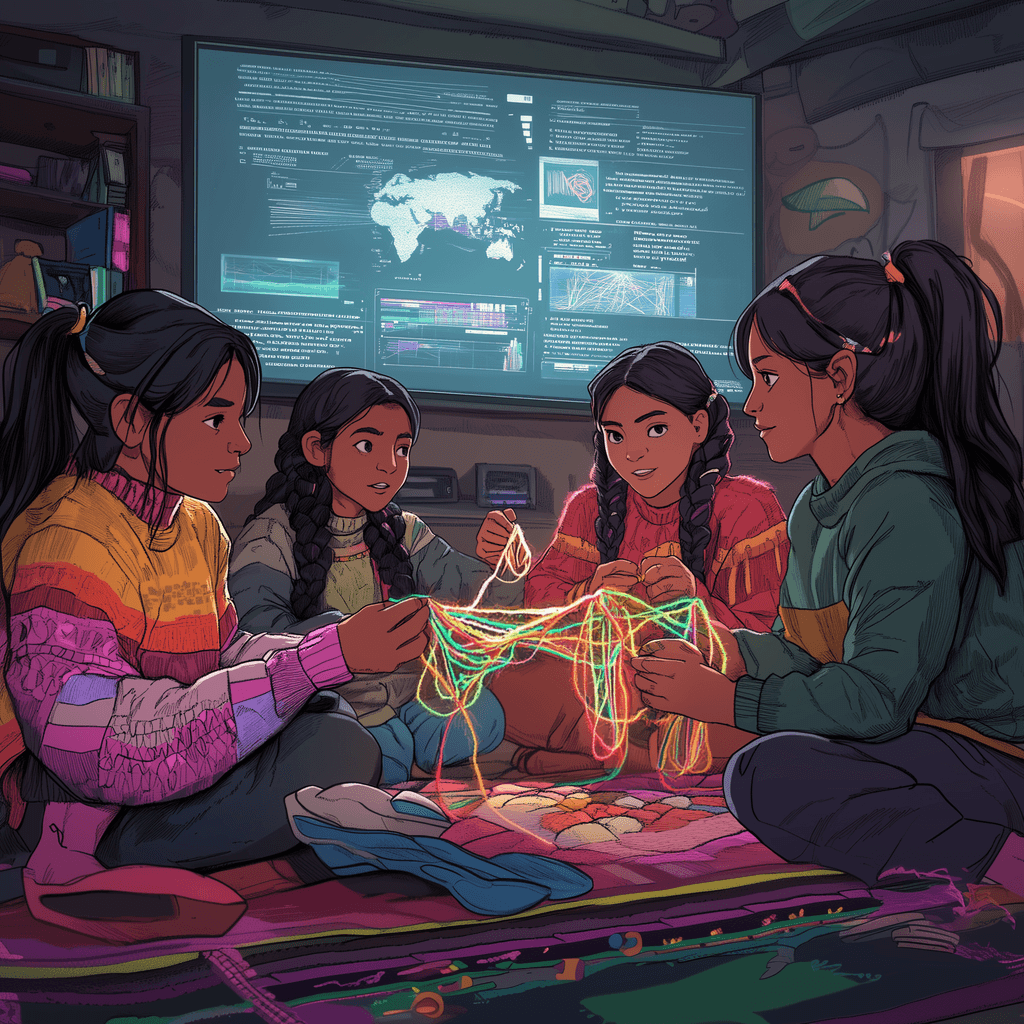
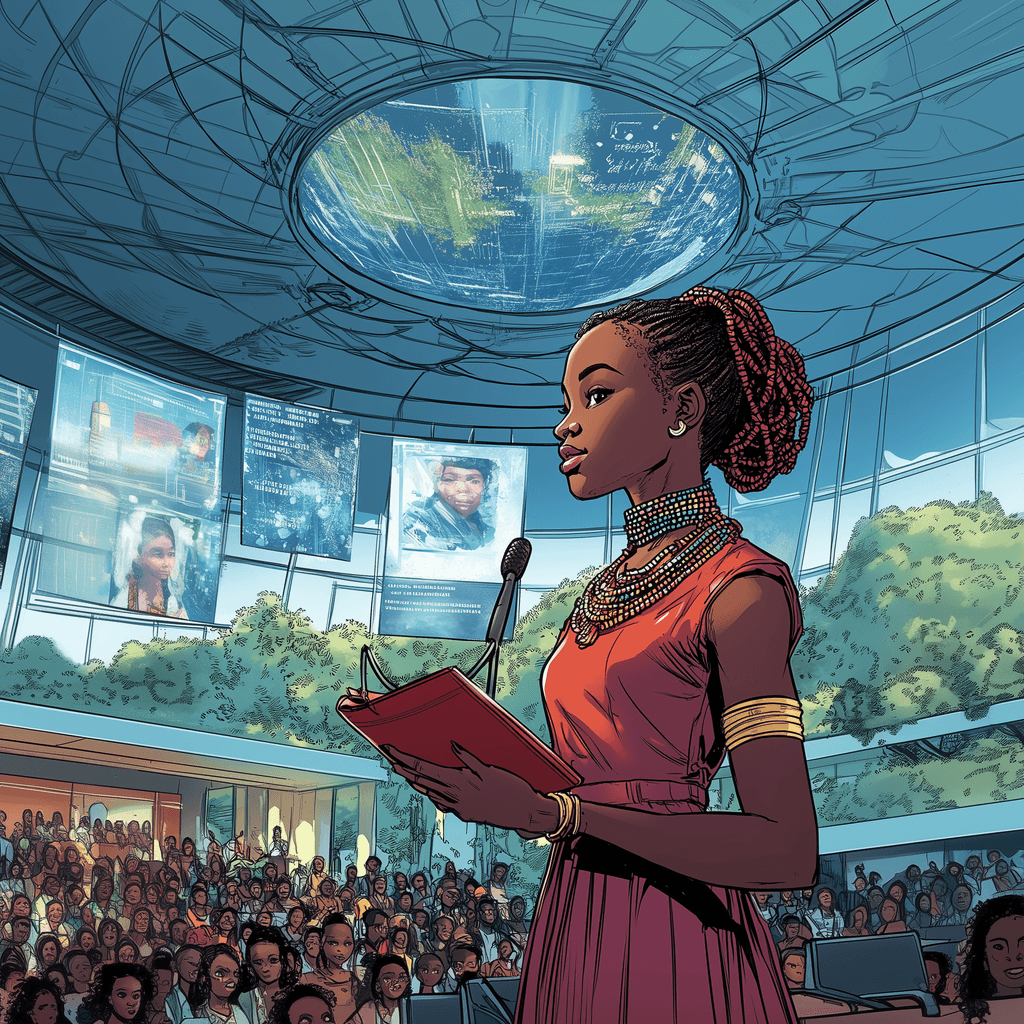
The illustrations were created by André Arruda, with the support of AI image generation software Midjourney.
What would the lives of adolescent girls look like in this particular future? What kind of opportunities and possibilities would they have access to that they currently do not? And what kind of new or persistent challenges would they face?

In November 2025, leaders will meet for the Second World Summit for Social Development (WSSD2) in Doha, Qatar.
The focus will be on assessing progress, identifying gaps remaining, and how the world can advance development, in a way that is inclusive and fair for all.
This is a critical platform to put girls’ rights and voices at the centre of the global development agenda. The challenges are immense, but so are the opportunities.
Download and share on social the #FutureGirlsWant to see meaningful action towards this year.
Which issues do you want to see tackled most urgently?